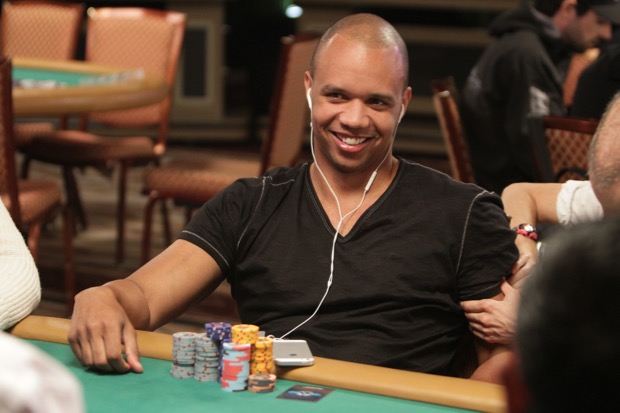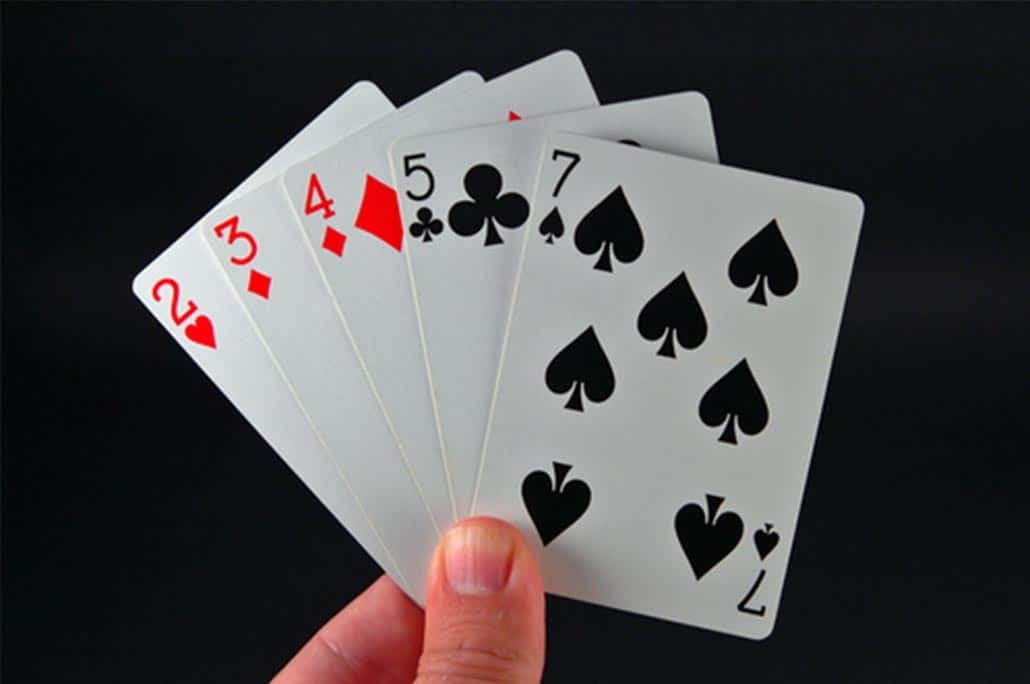Poker 27 Triple Draw

Poker 27 Triple Drawing
2-7 (Deuce to Seven) Triple Draw. 2-7 (Deuce to Seven) Triple Draw Lowball is a poker game in which the low poker hand wins the pot at showdown. In other words, it is a form of ‘Lowball’. The standard poker hands of flush, straights, pairs and the like all apply in 2-7 Triple Draw. However, the aim is to avoid these hands rather than look for them! The very best possible hand in 2-7 is 7, 5, 4, 3, 2.

2-7 Triple Draw is a form of ‘lowball’ draw poker. Until recently, the game wasn’t particularly popular but thanks to it’s introduction at various online poker sites and it presence in some mixed game rotations, the player base for this variant has grown in recent years. In fact, 27 Triple Draw is now one of the most popular games among nosebleed stakes players like Phil Galfond and Gus Hansen.
As mentioned it is a lowball game, meaning the goal is to make the worst possible poker hand. In the 2-7 variant, straights and flushes count against a player making a low hand and Aces play high only, so the best possible 2-7 hand is 2-3-4-5-7. This is not the case in A-5 Triple Draw where A-2-3-4-5 would be the best hand.
Some players have trouble in figuring out which lowball hand wins. An easy way to figure it out is to arrange your five cards in descending order and read them out as a five digit number. The hand which makes the lowest five digit number wins, so for example a player holding 2-5-4-6-9 would beat a player holding 2-7-5-4-9 because 96543 is lower than 97543.
Playing a 2-7 Triple Draw Hand
Like Texas Holdem, 2-7 Triple Draw is played with ‘blinds’. Before the hand starts the two players to the left of the dealer are forced to place blind bets, before they see their cards. The player to the dealer’s left places the ‘small blind’ while the player to his left places the ‘big blind’ which is typically twice the small blind. 2-7 TD is normally played with fixed betting limits. On the first two betting rounds, players must bet or raise a fixed amount, known as the ‘small bet’ (usually equal to the big blind amount); while on the latter two rounds the betting increment is the ‘big bet’, normally twice the small bet. The action is usually capped on each round to a maximum of one bet and three raises.
Once the blinds have been placed, the action begins with each player being dealt five cards, one at a time starting with the small blind and going in a clockwise direction. The player to the left of the big blind opens the action; he may either call the amount of the big blind, raise to twice the big blind, or fold (give up on the hand). The action proceeds around the table to the big blind. If there are callers in front of him, he may ‘check’ moving the hand along or raise. He may also call, raise or fold if there has been a raise by an earlier player. If the hand is folded around to the big blind, he wins the pot. If at any point in the hand a player makes a bet or raise which no player calls, they win the pot.
If 2 or more players remain in the hand, we move on to the first drawing round. The dealer moves clockwise around the table starting with the small blind and each player may replace as many of his cards as he pleases. When all remaining players have made their drawing decisions, we move to the second betting round.
This round (and all subsequent rounds) begins with the small blind who may check, passing the action to the next player, or bet. The remaining players may then call, raise or fold if a player in front of them bets.
After the second betting round, there is another drawing round where players may again replace as many of their cards as they please in an effort to replace them with lower cards. After this draw there is a further betting round as was the case after the first draw, however in this instance the betting increment is changed to the big bet.
The action concludes with a final drawing round, followed by a fourth and final betting round, which follows the same pattern as the previous rounds.
Poker 27 Triple Drawer
If there are players remaining in the hand after the final betting round, the hand goes to a ‘showdown’ where players must show their cards in order to claim the pot, which is awarded to the player with the best 2-7 lowball poker hand as detailed above. If all players check on the final round the player closest to the small blind in a clockwise direction must show first and so on. If there has been betting action on the final round, the final aggressor must show first.
2-7 Triple Draw is a lowball draw game. Players are dealt 5 cards, then may draw replacement cards 3 times, with the goal of making the best 2-7 low hand.
2-7 Triple Draw Poker Gameplay

A hand begins with the first players clockwise from the dealer placing forced bets, known as blinds. Each player is dealt 5 hole cards.
A round of betting occurs. Starting with the first player clockwise from the blinds, each player has an opportunity to call (match) or raise (increase) the current bet, or fold and exit the hand. When this betting round is complete, a draw takes place.
Starting clockwise from the button, players choose one or more cards to discard. A player may also discard no cards and “stand pat”. Players are dealt replacement cards for any discards.
Another round of betting occurs, starting with the first player clockwise from the dealer. A second draw takes place, followed by another round of betting.
A third and final draw takes place, followed by a final round of betting. If two or more players remain in the hand, a showdown is held and the players’ hole cards are compared.
 The pot is awarded to the best 2-7 low hand, or split in the event of a tie. The hand now complete, the dealer button moves clockwise and the next hand begins. 2-7 Triple Draw can be played with Pot Limit, No Limit, or Fixed Limit betting.
The pot is awarded to the best 2-7 low hand, or split in the event of a tie. The hand now complete, the dealer button moves clockwise and the next hand begins. 2-7 Triple Draw can be played with Pot Limit, No Limit, or Fixed Limit betting.